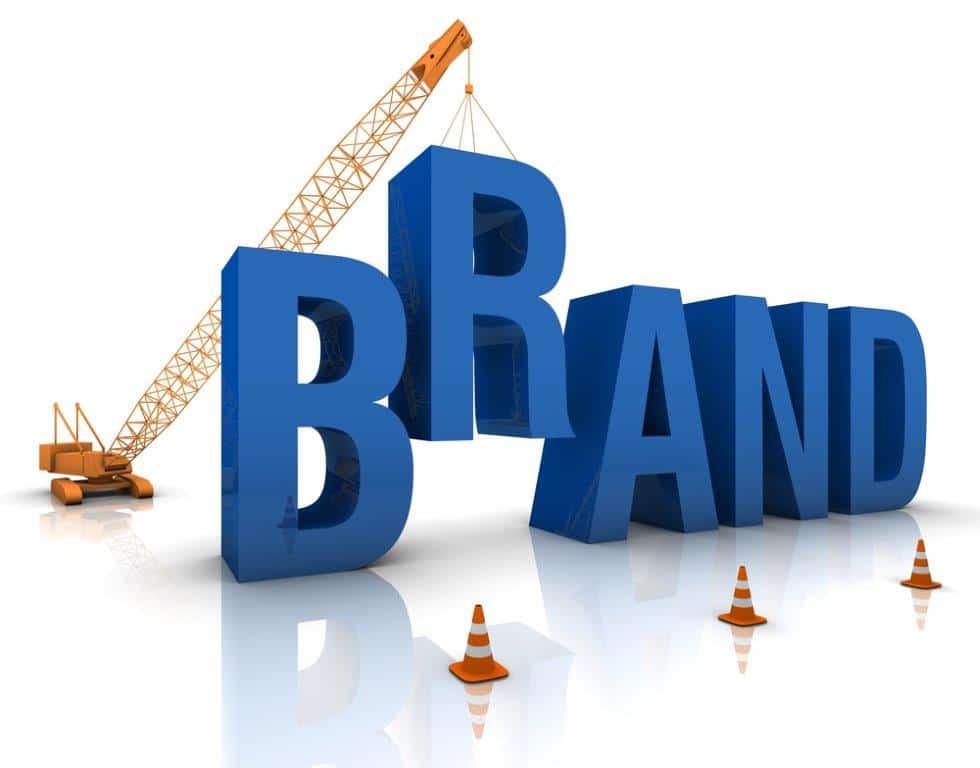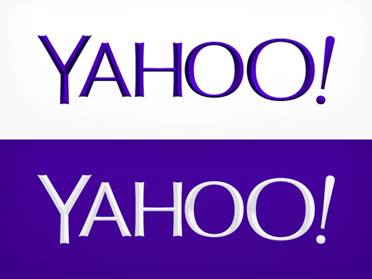 Limited to the design table, it is easy for logo designers and administrators to become isolated and insulated from the perceptions of their constituency, clientele and customer base.
Limited to the design table, it is easy for logo designers and administrators to become isolated and insulated from the perceptions of their constituency, clientele and customer base.
Recently, the University of California realized something. Not only did the public reject the design of their new logo, but more importantly, their perception, right or wrong, about what the logo is and its various uses was completely missed by the University. They soon found themselves involved in a controversy in the blogosphere and in the press. This type of misunderstanding is far too common in both government and the private sector, especially where there is a high level of corporate siloing.
This week, the University published a retraction, which included various explanations about their intentions, and how the public did not understand the purpose of the new logo. “It was to provide a graphic cue to distinguish system wide communications material from those of individual campuses,” they explained. They went on to say that design experts liked the new logo and given time, everyone would. They hoped the issue would end with the retraction so that the public would refocus on the great job the University was doing. But even the retraction itself underlined several misconceptions about logos and their meaning to the general public.
1. Symbolism.
The logo is the symbol of what the institution or company stands for. It is the flag which everyone salutes (or not). It is the one thing that reduces all the rhetoric to a unique graphic image of what your organization represents.
2. History.
Once your company is established and has a good reputation, changing your logo can upset your market. It’s what the public knows and expects to see. In their minds it represents stability. The public is often skeptical of change and perceives it as unpredictability.
3. Consistency.
Changing your logo after it has been established diminishes its identity because your public expects continuity. They already are bombarded with so many images daily, they take comfort in consistency.
4. Ownership.
Once you have created your logo and the public has begun to identify your products or services with that logo, you don’t really own it any more. Your customers, clients, and the general public own it. They are offended when you take liberties with “their” logo.
5. Humility.
When it comes to redesigning a logo, even if all your friends and the “experts” like it, by dictating changes from the top, you appear arrogant and inconsiderate of others who have grown to know and love your logo. You run the risk of offending them and leaving them feeling confused and uncertain of your motives.
6. If it ain’t broke…
Just because you think it’s time for a change, or you just want to freshen up your look, do your due diligence first. Find out what your existing logo means to your public. You might be surprised to find the old logo is venerated.
People are emotional about logos. Marketing departments love to create new ones. You will be wise to keep them in check. Make sure you understand the implications of any change before you make it. Have a heart for your customers’ perception of your logo because they have come to rely on it as they would a friend. If you feel you must change, use evolution rather than revolution, and proceed with caution!
When changing or redesigning any logo, check with your customers first. You may find it’s not your logo that needs improvement, but your product or customer service.



